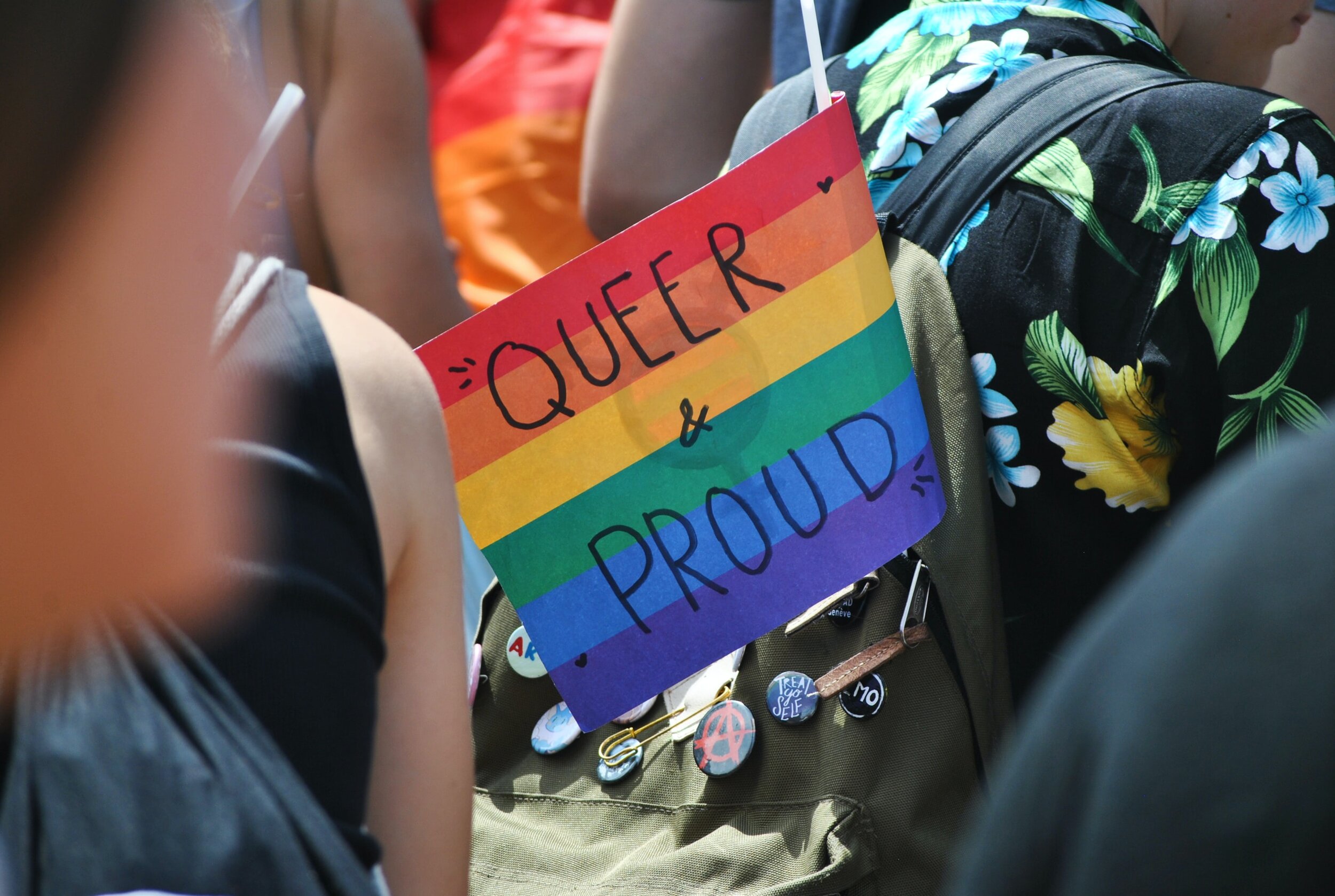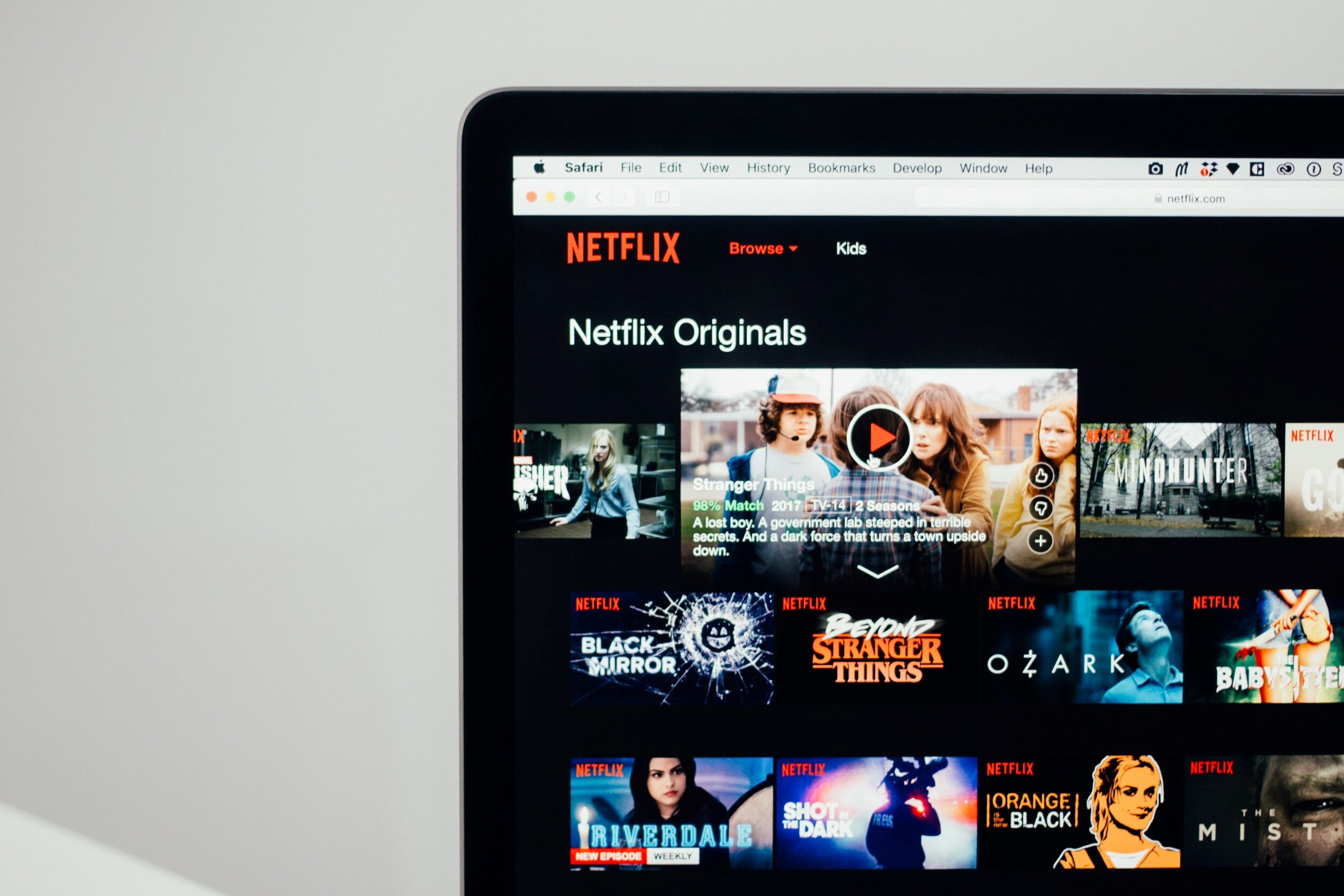The Media & You
We begin by looking at how the media shapes our association and understanding of the queer community. Whether it be through books, TV shows, movies, or any type of story we hear as a child, those early representations (or lack thereof) really do shape the way we see things. It affects the way we think, the way we walk around the world, and sometimes, we’ll find that we must challenge our current associations.
Is the way I think harmful?
Understanding what is harmful can be best explained by another question: can my opinion hurt someone? Even in the smallest way? As a simple example, ‘harm’ may come from stereotyping. Having preconceived ideas of how queer people ‘should’ be is harmful, as it further ostracises that person and who they are. Even members of the ‘alphabet mafia’ (an alternative, fun way to refer to members of the LGBTQIA+ community) may reflect and see that some of the thoughts we grew up with are harmful. Harmful to ourselves, and/or to others. In small ways and big ways. How did we even begin thinking that? It can come from the most unlikely of places! Many of which are from what you see growing up.
Photo by Delia Giandeini on Unsplash
A quick history of queer representation in media
More ‘liberal’ forms of queer representation on film only began around the 1990s, with shows like Will & Grace (1998-2020) and the coming out of prominent celebrities like Ellen DeGeneres. Some studies have found that since the 1990s, young folk have grown up with more open opinions on gay and lesbian people.
Even then, queer representation came with expectations. Networks and production companies wanted to ensure that whatever was made (film or tv series) would still make money. Over the past decade, more and more tv series and films have featured queer characters -- but there is another criticism for this: more often than not, such characters are “sanitised”.
In the 90s and early 2000s/2010s, the desirability of gay men for straight women became a popular trope: for example, the friendship between Julianne and George in My Best Friend’s Wedding (1997), and the scene of Kurt and Blaine from Glee (2009-2015), who were two openly gay men, performing in front of cheering girls who offered one of the boys their phone numbers. It seems as though queer characters where created for the straight gaze, often as the Gay Best Friend of a straight woman to provide compliments on outfits and points of sassy comic-relief. They usually were one-dimensional yet seen as attractive by female characters, rarely given the spotlight to show their personality beyond their queer stereotypes and were seldom provided with their own story arc. Ultimately, queer characters had to be acceptable to queer viewers for film-makers to warrant queer inclusion, but they still had to be “palatable” for non-queer audiences. Such profit-motivation continues today, all the way from Will & Grace (1998-2020), Ugly Betty (2006-2010), Glee (2009-2015), and (arguably) Call Me By Your Name (2017).
The emergence of newer movies such as Love, Simon (2018), which cater to younger audiences, offer new points of contention and raises questions of what this means for queer representation for the newer generations. But there is still a long way to go in terms of authentic representation in the media. Truly authentic representation means we must always question what we already have, and then create and celebrate new media from there. Instead of queer-inclusive films being centred around ‘coming out’, plots of indie and mainstream films can be constructed on mental and emotional challenges with characters being openly and identifiably queer.
Photo by Charles Deluvio on Unsplash
What are your thoughts on queer representation in the media?
Last week, we conducted a survey to find out how the media has shaped your association and understanding of the queer community. We found that some common experiences of being first introduced to the LGBTQIA+ community is through a queer-identifying family member, films, YA novels, and social media.
One of our respondents notes that “watching movies and reading books let me know [that] the queer community existed…but honestly, being on Tumblr in the early 2010s taught me a lot”. Another respondent commented that certain films, like Priscilla Queen of the Desert (1994), and TV series, including Will & Grace (1998-2020) and Sense8 (2015-2018) that feature queer characters helped inform them about the gay and lesbian identities and it was the first time they had seen strong transgender representation in media. It is important to note that respondents felt as though the films which introduced them to queer culture were “always about coming out”, heavily stereotyped, same-sex kissing scenes, or being a “plot twist” that a character, especially a woman, is revealed as queer. Often it seems that good queer representation is found in books, however it usually requires wide intentional reading to find them. It seems that there is a need for more representation of openly queer characters in mainstream media that also provides viewers with a more empathic perspective, including the mental and emotional aspects of queer relationships and not emphasising the physical.
They also noted that TikTok creators advocating for queer identifying individuals and debunking many myths about queer identities exposed them to the nuances and breadth of experiences queer individuals have. Young adult creators are certainly making waves on social media platforms and using their voices to spread awareness. It is always important to make people feel heard and valid, and it appears to be young adult creators that are encouraging their peers to think empathetically and critically.
How can I challenge the way I think?
Start by thinking about what you see. TV shows and movies are the easiest places to start. When you see queer characters, analyse their role in the show. Who are they portrayed by? What do the straight people around them do? Are they surrounded by only straight people, or are there other queer characters they interact with?
For more information on queer representation in the media, check out:
‘Escaping the straight gaze’, by Alex Enaholo (Glasgow Guardian)
‘Queer young adult literature: Reading as reclamation’, by Josh Sorensen (Archer Magazine)
‘Why not Love Simone? Lesbian representation in mainstream film’, by Dejan Jotanovic (Archer Magazine)
‘Changing Media and Changing Minds: Media Exposure and Viewer Attitudes Toward Homosexuality Viewer Attitudes Toward Homosexuality’ (journal article)
‘The importance of social media when it comes to LGBTQ kids feeling seen’, by Amber Leventry (The Washington Post)
‘The Good, the Bad, and the Queer – LGBT+ representation on our TV screens’, by Lucy Le Masurier (Amnesty International)
‘Queer Representation in Media’, by MediaSmarts (Canadian)
For more information and other perspectives on queer representation, check out the articles below:
LGBT representation in 'Love, Simon' – Northern Iowan by Jordan Allan 2018
Gay, Lesbian, and Bisexual Content on Television: A Quantitative Analysis Across Two Seasons, by Deborah A. Fisher, PhD, Douglas L. Hill, PhD, Joel W. Grube, PhD, and Enid L. Gruber, PhD 2007
Other Queer resources:
WORDS: JEANNE CARLOS, AMELIA ASCIUTTO
PHOTOGRAPHY: CHARLES DELUVIO, DELIA GIANDEINI & HELLO I'M NIK VIA UNSPLASH
PHOTOGRAPHY: CHARLES DELUVIO, DELIA GIANDEINI & HELLO I'M NIK VIA UNSPLASH





